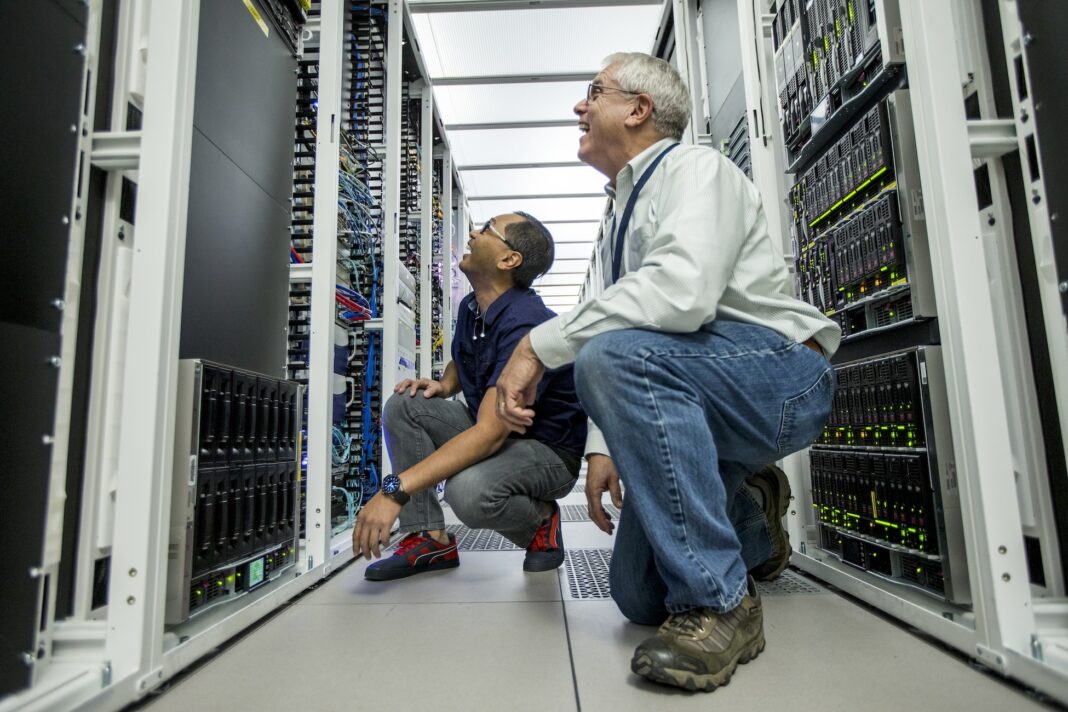A crucial element of bioprocessing is R&D productivity. According to Sophia Bongard, a bioprocess research scientist at the Roche Innovation Center in Munich, and her colleagues, “digitalization and automation are the major drivers to reduce cycle times and costs, increase the overall work in progress, and increase the probability of technical success.” Getting the most out of digitization and automation in bioprocessing, though, depends on a strategy.
Around 2008, Roche’s process research department started toward more advanced digitization by moving from paper to electronic lab notebooks (ELNs). Bongard and her colleagues described this as “a major milestone in the digital transformation of our laboratories, as collecting and centralizing experiment data in a structured way enabled the generation of insights and a level of coordination in a scale not possible before.”
At first, Roche used ELNs in low-throughput, non-automated processes. As the company dealt with higher throughput and increasing automation, however, Bongard and her colleagues explained that the R&D department needed an “end-to-end data pipeline used for modeling, AI, digital twins, and cross-functional process and platform development.”
Outreach to users and data scientists
To build such a data pipeline, Roche reached out to users and data scientists. Based on feedback from these interactions, Roche focused on improving three bioprocessing-related areas: software performance and stability; software usability; and incorporating more diverse data.
To move digitization and automation toward Bioprocessing 4.0, Roche developed a digital lab automation platform called AutoLab and an experiment-management platform.
“In the Experiment Manager, users can plan their bioprocess experiments with a flexible set of devices, processes, and parameter settings, in a convenient way that hides the underlying system landscape’s complexity,” Bongard and her colleagues explained. “The Experiment Manager can leverage the automated workflow execution capabilities of the AutoLab platform to perform all kinds of tasks, like registering entities, sending design templates to measurement devices, or storing metadata in a database.”
The Roche scientists emphasized that “acquisition and storage is only half of the picture,” and a “good data availability layer cannot be overstated and manifests in being able to rapidly prototype visualizations, analysis, and machine learning solutions that integrate various different data sources.”


